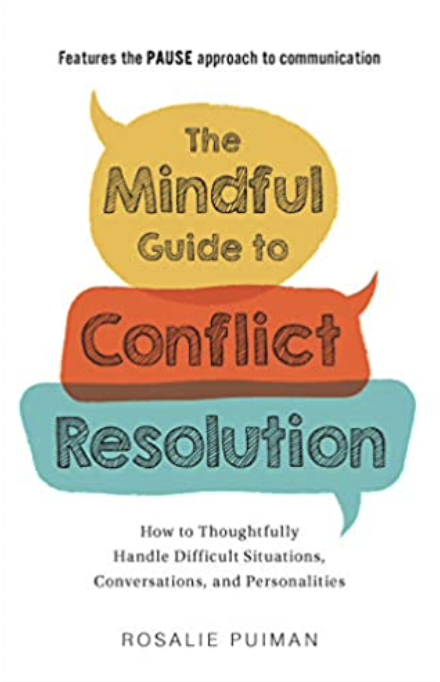
For an upcoming project with a team, I’ve been exploring this book above from Rosalie Puiman. Lots of Zen in it. Lots of attention to the inner condition that both sees from the balcony and from the ground view. I’m appreciating that.
Puiman created a model “PAUSE,” an acronym that includes each of the following with some of my riffing:
Presence — it matters to be showing for what is both known and unknown in the circumstance. It’s less about prepared speeches. It’s more about ability to listen together.
Acceptance — working with what is, accepting that it is only that most simple of conflicts that rely on black and white descriptions of content. Those are efforts at clarity. Most of the bigger conflicts, however, involve contrasting points of view and need time and patience to get beneath the words.
Undercurrent — this one builds off of acceptance (and each of her five practices). I hear it as, “there is likely more going on here and more that connects to older circumstances.” It’s “upstream” material. It’s also the invisible of current beneath the surface.
Synchronicity — this one speaks to emergence, as a language that I know. Solutions arise. Insights arise that weren’t part of a plan. Synchronicity invites attention to what isn’t yet known or felt, yet wants to be.
Exchange — this is where Puiman points back to how exchanges in conflict can be much more healthy and more kind. Many old school approaches to conflict oriented to “winning” and manipulating to that end. I’m glad for Puiman’s approach to changing how the interactions of conflict happen.
I do recommend the book. I’m glad for the learning. And for the way that that learning will cary with me into this next project.



